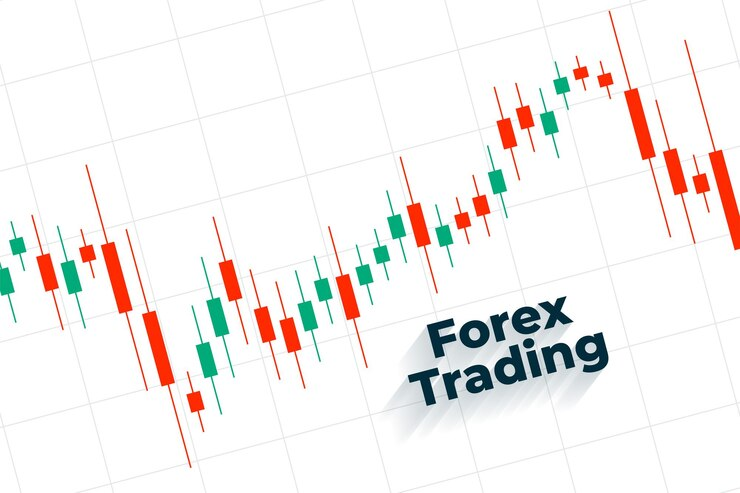Pattern Day Trading (PDT) regulations have long been a contentious issue among day traders, posing significant hurdles and limitations. By understanding the constraints imposed by these regulations, we’ll explore alternative markets that offer respite from the stringent rules, enabling traders to pursue their strategies without the burdensome restrictions inherent in PDT rules.
Join us on this exploration of how Pattern Day Trading’s illegality affects traders and the viable market alternatives that provide a way forward for aspiring and seasoned day traders alike.
Understanding the Pattern Day Trader Rule
The Pattern Day Trader (PDT) Rule identifies traders executing four or more day trades in five consecutive business days, constituting over 6% of total trades. Traders labeled as PDTs must maintain a minimum balance of $25,000 when day trading on margin accounts. Is the day trading legal, learn here
Drawbacks of Being Classified as a Pattern Day Trader
Maintaining a $25,000 balance is mandated once classified as a PDT. However, this regulation restricts traders from utilizing leverage to their advantage and poses risks by keeping significant funds within brokerage accounts, contrary to professional traders’ strategies.
Evading the Pattern Day Trader Label
Traders attempt to sidestep PDT classification by prolonging trades, risking increased losses due to holding positions longer than advisable, solely to avoid the label.
Explore advanced price action patterns.
Futures Market: A Viable Alternative
Unlike stock markets, futures and Forex markets inherently involve short-term contracts. These markets remain less prone to stringent day trading regulations, making them preferable due to reduced minimum requirements and regulatory flexibility.
Low Barriers to Entry in Futures Trading
Starting in futures demands a minimal balance, often as low as $2,500. Intraday margin requirements, like the $500 margin for an Emini S&P 500 contract, provide traders with substantial financial flexibility. This facilitates entry for novices and allows professionals to manage smaller accounts effectively.
Discover profitable strategies with E-mini contracts.
The Influence of Pattern Day Trading Restrictions
The imposition of Pattern Day Trading regulations was a response to the excessive speculation during the dot-com bubble collapse in 2001. However, while aiming to protect traders, these rules have resulted in severe limitations.
Impact on Market Participation and Liquidity
The $25,000 minimum balance requirement restricts traders, reducing market liquidity and constraining participation. Traders are compelled to maintain substantial amounts with brokers, limiting their capacity to manage their funds optimally.
Check out day trader earnings and risks.
Risk Amplification and Trader Behavior
Ironically, the PDT Rule can amplify market risk. Traders, attempting to circumvent the classification, often deviate from their strategies, holding positions longer than warranted. This behavioral shift exposes them to increased risks, contradicting the rule’s intended protective nature.
Diverse Futures Market Opportunities
The futures market boasts diversified opportunities, catering to various trading styles. Its inherent short-term nature aligns well with day trading strategies, offering flexibility and mitigating the need to adhere to stringent regulations.
Forex Markets: An Alternative Approach
Similar to futures, the Forex market enables short-term trading, primarily due to international companies’ necessity to hedge currency risks. Though viable, the Forex market may lack the price transparency characteristic of futures exchanges.
Discover strategies to navigate learning plateaus and achieve continuous improvement in your trading journey.
Emphasizing Futures Market Advantages
Compared to stock markets, futures trading demands significantly lower initial balances, empowering new traders to enter the market with reduced financial risks. The intraday margin requirements open doors for professionals to manage multiple contracts with smaller accounts.
Market Transparency and Regulatory Freedom
Futures markets offer comprehensive price transparency through central exchanges. Additionally, the absence of stringent day trading rules prevalent in stock markets provides traders with greater regulatory freedom and flexibility.
Conclusion
Pattern Day Trading restrictions hinder traders’ flexibility and risk-management capabilities in stock markets. However, exploring alternative avenues such as futures and Forex markets unveils opportunities for traders to thrive without succumbing to restrictive regulations.
By delving into these alternative markets, traders can mitigate financial risks, maintain optimal control over their funds, and explore diverse trading strategies without the constraints imposed by the PDT Rule.
The choice to engage in day trading without the burdens of Pattern Day Trading restrictions lies within the accessibility and flexibility offered by futures and Forex markets, allowing traders to navigate the financial landscape more freely.



